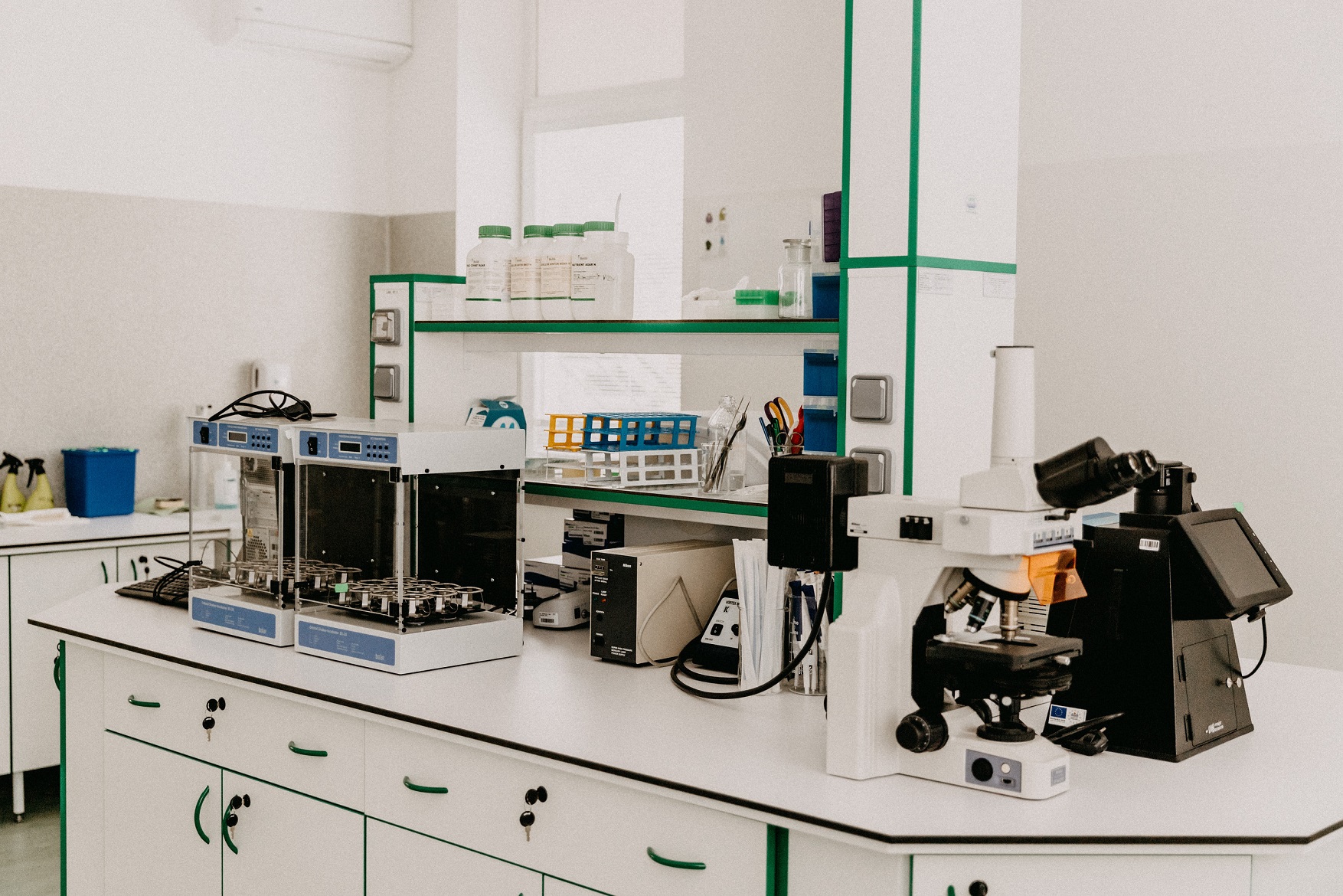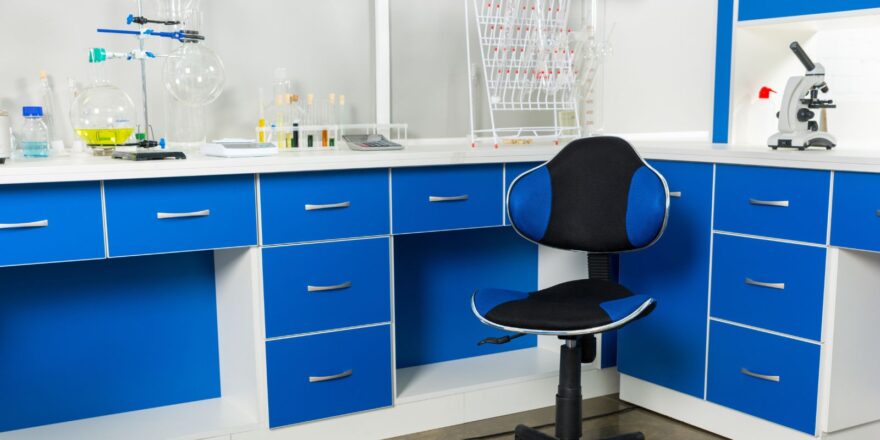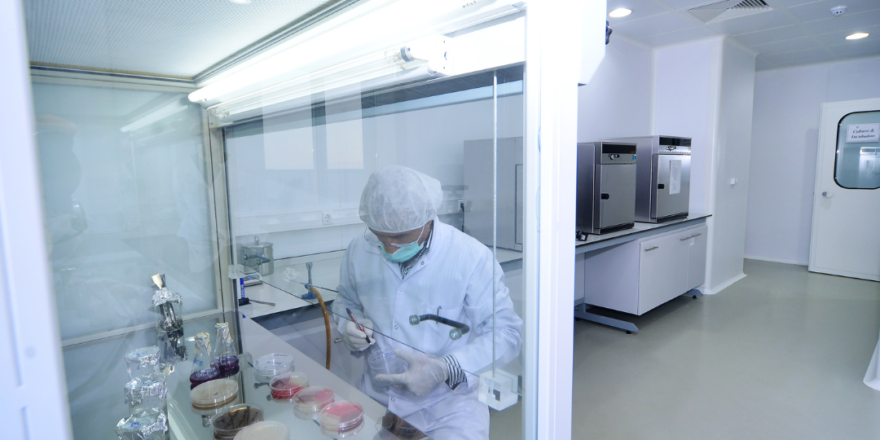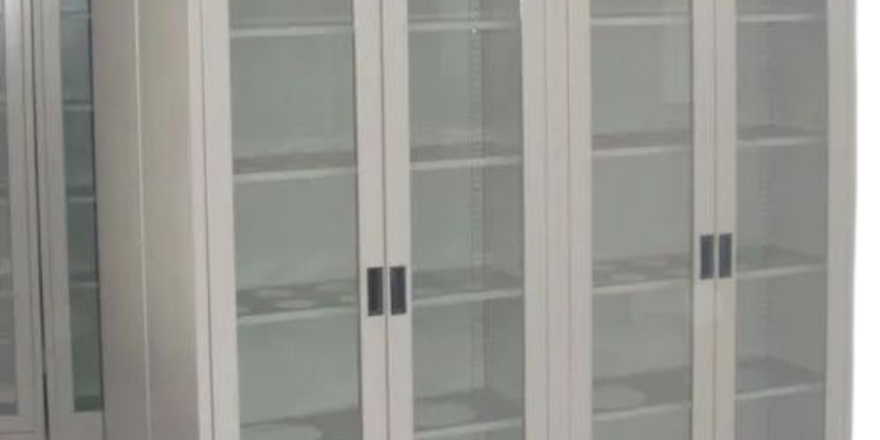The heart of scientific study and discovery, laboratories are where scientists dive into the uncharted to find solutions to the complex issues of life. Prioritising the safety and well-being of those who labour ceaselessly within these revered halls must come before pursuing knowledge. To this end, laboratory fume hoods and the appropriate lab furniture play a crucial role in safeguarding researchers from the perils of hazardous substances. In this blog, you will explore unveiling key safety considerations for lab furniture as well as fume hoods and arming you with essential guidelines to foster a safe, productive, and engaging laboratory environment. Let us start by understanding what laboratory fume hoods are.
Understanding Laboratory Fume Hoods
Before you dive into the realm of safety, let’s acquaint you with the guardians of laboratory safety – the enigmatic laboratory fume hoods. These remarkable gadgets shield researchers from inhaling dangerous fumes and noxious vapours during their experiments. Operating on negative pressure, fume hoods diligently draw hazardous air away from you, directing it towards a ventilation system that swiftly expels it outside the laboratory’s confines. It is crucial to grasp its distinct types and their specific applications to maximise safety.
Now that you have a brief knowledge of laboratory fume hoods, it’s time to delve into the golden rules of fume hood safety.
Golden Rules Of Fume Hood Safety
Below-mentioned are the principles that will become your trusted companions on this journey of scientific exploration.
-
Proper Usage
The primary rule for fume hood safety is to use these devices only for their designated purpose, which is to contain and control hazardous substances. These are not storage spaces or workbenches. Using them for anything other than handling dangerous materials can disrupt the airflow and compromise their effectiveness in protecting you.
-
Clear Workspace
Keeping the workspace inside the fume hood free from unnecessary items and clutter is crucial. A cluttered workspace can obstruct airflow, making the fume hood less efficient at capturing and containing harmful fumes. Maintaining a clear workspace ensures the fume hood can operate optimally to safeguard you.
-
Sash Position
The fume hood’s sash is the movable transparent panel that allows access to the workspace inside. It’s essential to keep the sash closed as much as possible while conducting experiments. Operating with the sash closed reduces the risk of exposure to hazardous substances and ensures that any fumes produced stay confined within the hood.
-
Inspection And Maintenance
Regular inspections and maintenance of fume hoods are vital to ensure proper functioning. This includes checking for physical damage, ensuring proper airflow, and confirming that the exhaust system works effectively. Suppose you notice any issues with the fume hood. Reporting them quickly to the appropriate personnel for immediate resolution is essential in that case.
-
Face Velocity
The face velocity refers to the speed at which air is drawn into the fume hood’s opening. Maintaining the recommended face velocity is critical to ensure the fume hood can effectively capture and contain hazardous vapours. Deviating from the specified face velocity can compromise the safety of the fume hood.
Now that you have explored the golden rules of fume hood safety let’s shift your focus to its special considerations, where you will delve deeper into handling specific hazards and maximising safety measures in the laboratory.
Considerations For Laboratory Fume Hoods
As you venture deeper into the realm of safety, you will encounter a realm of special considerations – nuances that distinguish ordinary from extraordinary fume hood practices.
-
Hazard Assessment
Before using a fume hood, conducting a comprehensive hazard assessment of the materials and chemicals you’ll be handling is essential. Understanding the potential risks associated with the substances involved allows you to determine the appropriate level of protection required. This assessment aids in selecting the right fume hood type and safety measures for your experiments.
-
Perchloric Acid Hoods
Perchloric acid is a highly reactive and hazardous substance commonly used in laboratories. When working with perchloric acid, using a specialised fume hood equipped with a wash-down system is crucial. This system prevents the buildup of dangerous perchlorate salts, which can lead to explosions or other hazardous situations.
-
High Hazard Chemicals
Some chemicals pose an increased risk due to their high toxicity or reactivity. For handling such substances, specialised fume hoods can be necessary. These hoods could be equipped with HEPA filters to capture fine particles or activated carbon to absorb volatile vapours, protecting highly hazardous materials.
Now that you have acquainted yourselves with its safety considerations, let us turn your attention to the sturdy foundations of the laboratory – the lab furniture manufacturer.
Selecting The Right Lab Furniture Manufacturer
The key to ensuring your laboratory’s safety begins with selecting the right lab furniture manufacturer. Santech Lab is here to rise to the occasion. Your safety and well-being are non-negotiable, and choosing a reputable manufacturer is paramount.
-
Customisation Options
Each laboratory is unique, and so are its needs. Santech Lab’s customisable lab furniture solutions ensure your workspace is tailor-made to match your laboratory’s distinct dimensions and requirements.
-
Material Quality
Like an impenetrable fortress, the lab furniture constructed by Santech Lab is fortified with premium, chemical-resistant materials that withstand the relentless onslaught of laboratory challenges.
-
Ergonomics
An oasis of comfort amidst the bustling laboratory, Santech Lab’s furniture boasts an ergonomic design, allowing you to focus on your experiments without worrying about discomfort or injury.
Conclusion
Remember, safety plays a crucial role in the success of your laboratory. You create a conducive environment for groundbreaking discoveries and a promising future by prioritising safety and choosing top-notch lab equipment.




